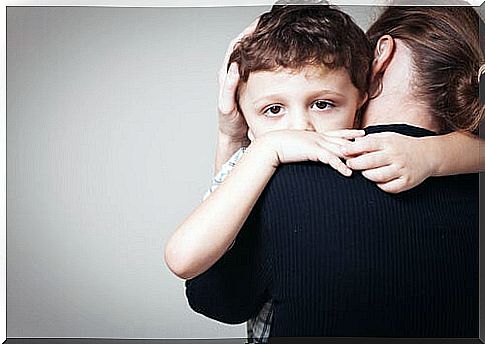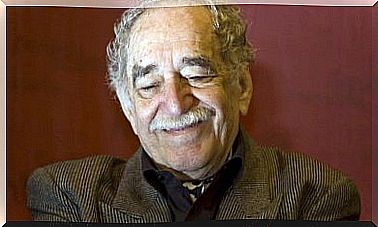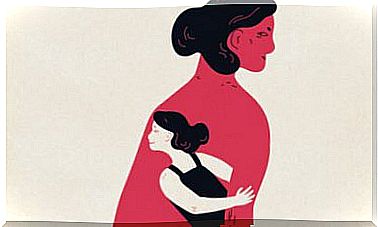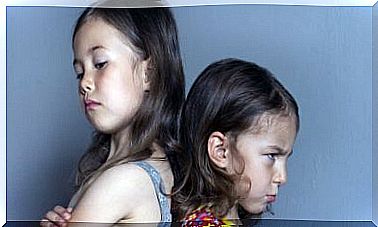Does Childhood Attachment Style Influence Couple Relationships?

Attachment style in childhood is a variable that plays a crucial role in establishing healthy and balanced affective relationships in adulthood. So much so, that more and more couples therapists consider the attachment style in childhood as a factor that determines the type of affective bond that will be established in adult life.
Bowlby, in his theory of attachment, defines attachment as the emotional bonds we create with the people around us throughout life. It is created, in the first place, with parents during childhood, later other attachment figures appear such as siblings, family, friends, partner … The emotional bond that we create with our caregivers has a direct impact on how we feel safe and protected .
The degree of security and trust that we perceive from parents determine the attachment style in childhood. In turn, the type of attachment established with the parents could influence the type of couple relationship that we establish in adulthood.
Here we briefly explain the types of attachment and how they influence love relationships.

The Secure Attachment Style in Childhood: Trusting and Positive Relationships
Secure attachment in childhood is built on the security and trust that our caregivers inspire in us.
In the secure attachment style, parents grasp the affective needs of their children and act accordingly. This dynamic makes the little ones feel loved and protected. It is a safe environment in which there is the possibility of expressing your own emotions, since there is a climate of trust in which you can be yourself without fear of rejection.
If attachment figures promote these two basic characteristics (security and trust), they will make them a child, and in the future an adult, self-assured, who trusts others, with the ability to regulate their emotions and good social skills. . This is stated by Rafael Guerrero, psychologist, doctor in Education and director of Darwin Psicólogos.
They will be more likely to trust their partner, avoiding dependency problems. They will also be more likely to be better at communicating and identifying each other’s needs and therefore valuable help possibilities.
Avoidant attachment style: insecure and distant relationships
Children with this attachment style have suffered rejection by their parents and their needs have not been adequately addressed.
Thus, their caregivers have not been accessible, but the relationship with them was marked by an emotional distance coupled with a lack of availability ; They were not there to support and help them when they have needed it.
- They are people prone to avoiding emotional contact and intimacy with others, as they learned that they cannot count on their attachment figures.
- They find it difficult to express their emotions for fear of re-experiencing the rejection / indifference that they suffered in their day from their main reference figures.
- They end up forming a kind of invisible shell, building an apparent autonomy based on a set of strategies learned for fear of being rejected.
Relationships with an avoidant attachment style are usually distant, in which the person never really trusts the other. They avoid emotional contact, so they do not listen to the signals of anxiety and fear, both from the partner and from themselves. Also, they have a hard time asking for or accepting help from others.

Ambivalent attachment: unstable and dependent relationships
In ambivalent attachment, children have had very unstable parents: the same gave them caring behaviors that rejected them, without any consistency in their motives.
It is this insecurity that causes children with this attachment style in their childhood not to want to explore the world, since they do not know if their demands will be met if they ask for help.
People with this type of attachment are very prone to develop affective dependence and learn to live relationships with fear and insecurity. They tend to have a bad image of themselves, a low self-esteem along with a low sense of control over what happens to them.
To conclude, what is stated in this article seems to make clear the relationship between attachment and couple relationships. Thus, the relationship we establish with our first figures of reference -the attachment style in childhood- seems to influence the type of partner we choose, the relationship we establish with them and, ultimately, the quality of the ties we make. we generate with the closest people.









